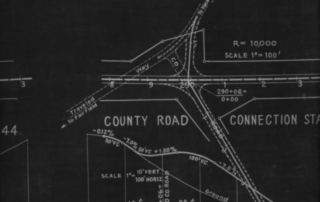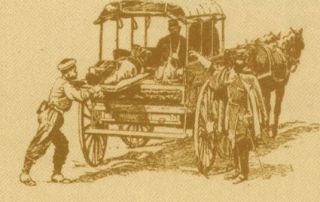Are Induced-Travel Studies Inducing Bad Investments?
Robert Cervero
Mark Hansen's 1995 ACCESS article presented compelling evidence on induced travel demand. Titled “Do New Highways Generate Traffic?” it drew on eighteen years’ worth of data for fourteen California metropolitan areas and concluded that added road capacity unleashes new travel. The article showed that added trips quickly fill up an improved roadway, bringing it back to its original congested condition. On average, Hansen found, every ten percent increase in road capacity spurred a nine percent increase in traffic volumes within three or four years. That is, around nine-tenths of added road capacity was absorbed by new trips.










